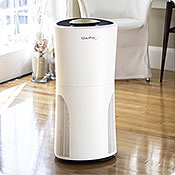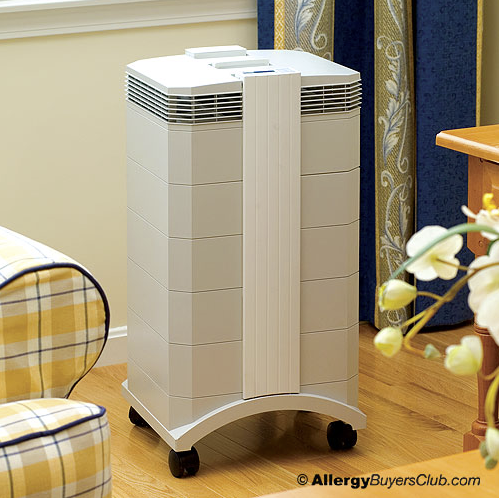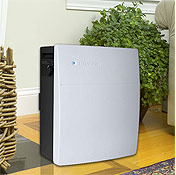High Pollen Forecast This Year
Spring is pollen season
If your spring allergies are off the charts this year, there’s a good chance that what you’re reacting to is the high pollen count in your geographic area. If you have terrible spring allergies, it might help to know you’re not alone; in fact, more than 50 million Americans suffer from seasonal allergies – and pollen is a main offender. Common physical reactions to pollen are:
- nasal congestion
- runny nose
- sneezing
- watery and/or itchy eyes
- wheezing
- itchy throat
Like all allergy seasons, seasonal pollen can vary from year-to-year in severity, depending on the region and other environmental factors. Determining the pollen count today in your region can help you manage your allergies and plan a fun (and enjoyable) spring!
So what exactly is pollen?
According to the American College of Allergy, Asthma and Immunology, pollen is a fine yellowish powder that is transported from plant to plant by the wind, by birds, by insects or by other animals. Tree pollen is particularly common, with some of the biggest producers of pollen being
- Cypress
- Juniper
- Cedar
- Birch
- Alder
- Oak
- Beech
- Aspen
- Ash
- Poplar
If you’re plagued with pollen allergies, a good rule of thumb is to plan ahead when it comes to outdoor activities. You can easily determine the pollen index for your area, and TV meteorologists might routinely include the pollen forecast on your local news channel. If you or someone in your family is especially sensitive to pollen, it might be wise to postpone or reschedule outdoor activities for a different day if high pollen counts are expected.
Pollen inside your home
The effects of pollen aren’t strictly limited to outdoor environments, however. Pollen can make its way inside your home by various means: shoes, clothing, pets – anything that’s been outside for even a few minutes can collect pollen, tracking it back inside your home. Additionally, homes that aren’t well-sealed, or where outside doors are opened and closed frequently, can easily usher in tiny pollen grains, where they then circulate within your indoor air supply and act as allergy triggers.
There are some smart ways to make sure your home and indoor air quality is as clean as possible.
- First, vacuum your carpets and soft surfaces often. Vacuums with filters prevent dirt and allergens from escaping back into the home.
- It’s also a great idea to equip your home with an allergy air purifier that’s specifically geared toward removing allergens like pollen and other allergy triggers from your indoor space.
Our top pollen purifiers:
The QuietPure Home air purifier

- Advanced HEPA filtration
- Ideal for removing allergens, bacteria, viruses, pet hair & odors
- Purifies the air in rooms up to 880 square feet
- Measures and monitors air quality in your home down to PM2.5
- Captures 99.97% of all particles down to 0.1 microns
- Optional Wifi & App enabled
- Measures and displays particle and VOC levels, relative humidity and temperature
The IQAir HealthPro Plus air purifier

- IQAir New Edition HealthPro Series offers up to 25% more clean air, 32% less noise and 38% longer filter life
- Features Certified HyperHEPA filtration, which is proven to remove at least 99.5% of all particles 0.003 microns and larger
- HyperHEPA is 100 times more efficient than standard HEPA filtration
- Triple seal design prevents air leakage
- Perfect for anyone suffering from asthma or lung diseases like COPD
- Great for those who need to reduce both gaseous irritants and allergens

- Offers filtration for indoor air pollutants such as pollen grains, house dust mites, mold spores & pet dander
- Ideal for small spaces up to 581 square feet
- Features HEPASilent Technology
- Captures 99.97% of all particles down to 0.1 microns
- Internal ionizer
- Zero ozone emission




